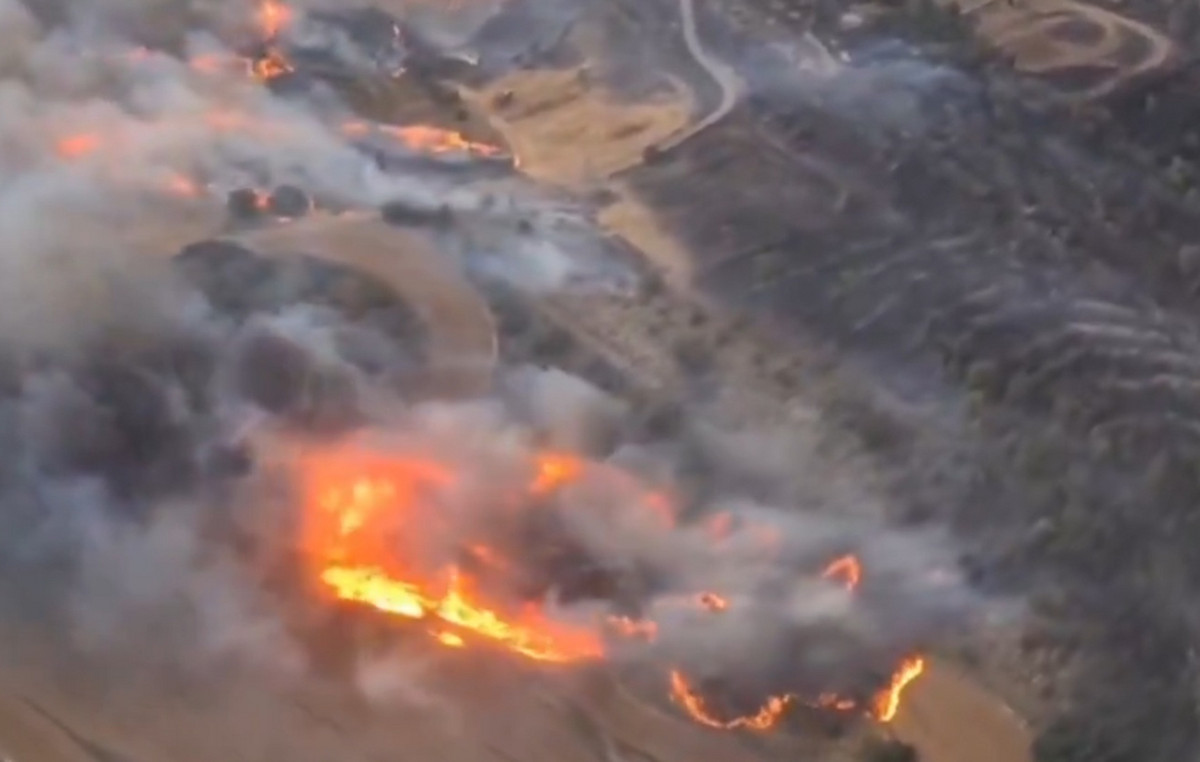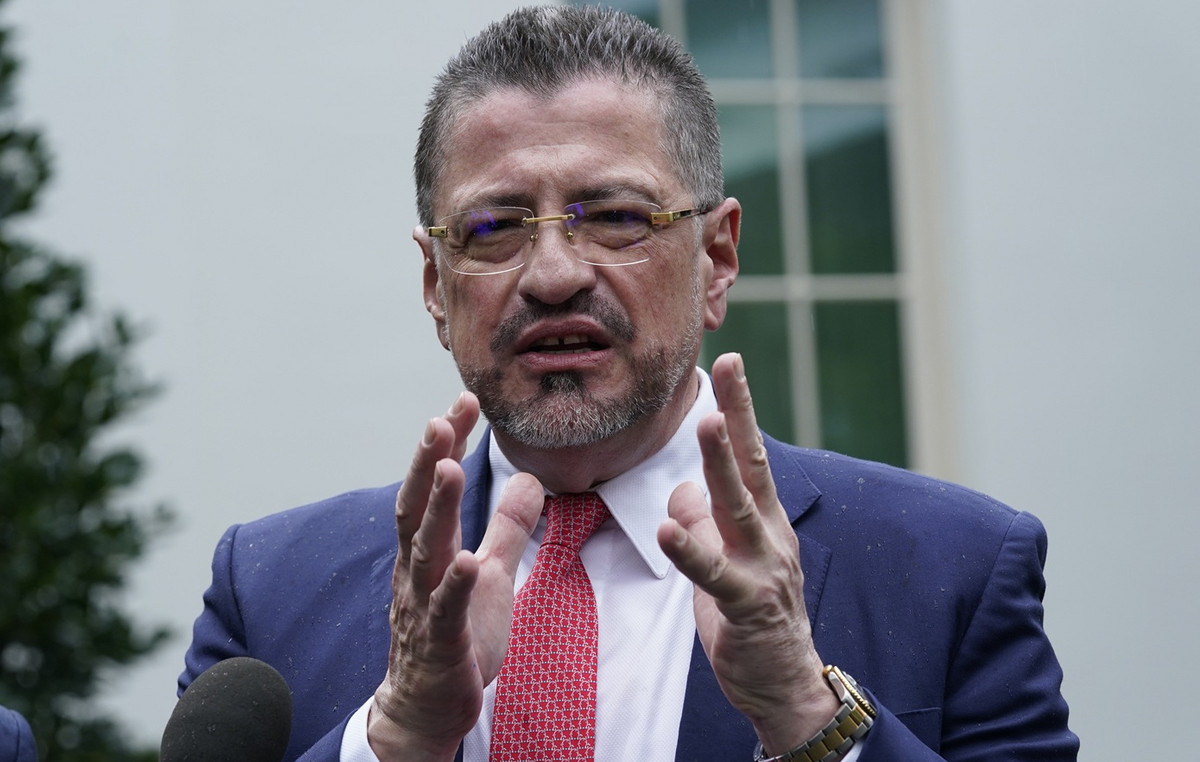Despite the uncertainties for the agribusiness in 2022, Bruno Lucchi, technical director of the CNA (Confederation of Agriculture and Livestock of Brazil), believes that the sector will adapt to the adverse scenario.
The deal has already turned over US$ 102 billion from January to October this year — despite the 9% drop in GDP in the third quarter, mainly due to the energy crisis and the drought that the country is facing.
“Point problems with the weather may appear in the south of the country, with the issue of La Niña, but we believe that the producer will manage to manage the fertilizers and defensives as a whole,” says Lucchi.
The sector faces high production costs, especially fertilizers, of which 80% are imported and end up suffering from the devalued exchange rate.
In addition to higher expenses, the farmer must continue to face uncertainties, highlights the specialist, with the bottleneck in the global logistics sector, with the energy crisis that affects several global countries, geopolitical issues, such as sanctions on Belarus, from which Brazil imports 30% of potassium chloride, and other issues that escape the producer control.
“There is no cake recipe, each property is a reality. What we guide is a good soil analysis to find out what can be reduced and substituted for less demanding fertilization. There are several ways for the producer to be able to balance production in the next year.”
Analyzing the year 2021, Lucchi says that the main products exported were: soy, including grains and bran, in addition to coffee and ethanol.
China, the biggest buyer, imported not only soy and its derivatives, but also animal protein (beef). “Now, what calls our attention is the issue of Indonesia and Thailand, being the main countries that expanded trade with Brazil. This is necessary to reduce dependence on other buyers.”
record harvest
Brazil must have a harvest record for grains in 2022. CNA expects a production of 289 million tons, 14% more than the 2021/22 harvest.
But to increase productivity, the farmers will have one of the highest costs in history. The consequence? Production expenses should flatten the overall profit.
In 2021, the rural producer has already lived with an increase of more than 100% in costs with fertilizers and pesticides for crops such as soybeans and corn and the trend is for this scenario to remain in 2022.
For CNA, another factor that deserves attention is the performance of the Brazilian economy. Uncertainties in the economic world should influence the agribusiness next year.
Because of this, the expectation is that the Gross Domestic Product (START) of agribusiness to grow at a slower pace, remaining between 3% and 5% below what was registered this year. Compared to 2020, the agribusiness GDP should close with an expansion of 9.37%.
For the Gross Production Value (VBP), which measures the revenue “from the gate to the inside” in agriculture and livestock, CNA expects the increase in revenue to occur at a slower pace compared to previous years.
The VBP should reach BRL 1.25 trillion in 2022, growth of 4.2% compared to 2021. Crops such as coffee, corn and wheat should have higher production and sugarcane, coffee and cotton should have an increase in the prices. On the other hand, soy, beef and rice should suffer a drop in the Gross Production Value.
Reference: CNN Brasil
I am Sophia william, author of World Stock Market. I have a degree in journalism from the University of Missouri and I have worked as a reporter for several news websites. I have a passion for writing and informing people about the latest news and events happening in the world. I strive to be accurate and unbiased in my reporting, and I hope to provide readers with valuable information that they can use to make informed decisions.







